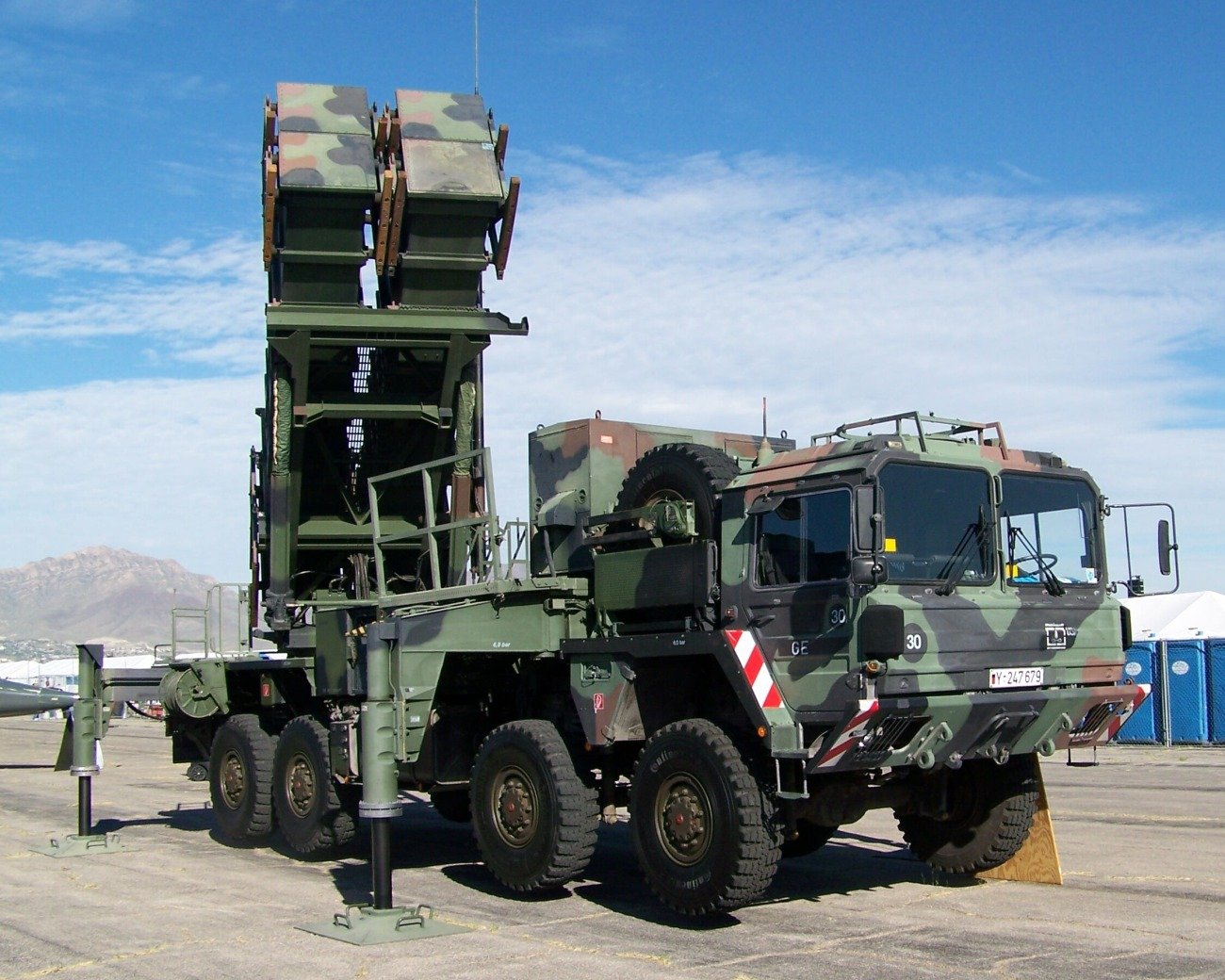The Russian-made aircraft carrier and frigates will participate alongside the US Navy’s USS Nimitz as Navies of Quad countries get together in the Bay of Bengal (BoB) to participate in the Malabar wargames with a focus on countering submarines in the region.
In October, India will host the 28th edition of the annual Malabar Naval Exercise. The navies of the Quad countries—India, the US, Japan, and Australia—will gather on the Eastern Seaboard to practice anti-submarine warfare drills and work on interoperability.
The Bay of Bengal lies on top of the sea lanes of communication that connect China, Japan, and Korea with the Middle East and Africa. Half of the world’s trade passes through these lanes. The region is essential for the US policy of a ‘Free, Open & Inclusive Indo-Pacific,’ a euphemism for checking China’s assertiveness.
The exercise comes as the Chinese Navy has been foraying into the Indian Ocean Region (IOR). The People‘s Liberation Army Navy has been building naval bases in the larger IoR to augment its Navy’s reach.
China is also aiding the littoral countries in the Bay of Bengal in developing their sea legs. Most recently, it has helped Bangladesh build a submarine base for its Chinese-supplied submarines.
The Indian Navy will deploy its INS Vikramaditya aircraft carrier, formerly known as Admiral Gorshkov, P-8I Poseidon Maritime Patrol Aircraft, and deck-based fighters, MiG-29K. The carrier will be supported by the Talwar class frigates made in Russia and Kalvari-class submarines.

The United States Navy is expected to deploy one of its Nimitz-class aircraft carriers, along with accompanying destroyers and submarines. The carrier will be equipped with F/A-18 Super Hornets and Hawkeye aircraft designed for multi-role operations, including air defense and anti-submarine warfare.
Japan Maritime Self-Defense Force (JMSDF) will likely send one of its Izumo-class helicopter carriers, recently upgraded to accommodate F-35B fighter jets.
Additionally, Japan may deploy Aegis-equipped destroyers, like the Maya class, for missile defense and anti-aircraft warfare. Japan has been taking a greater role in the security of the region as China is becoming more aggressive.
Royal Australian Navy (RAN) will likely deploy its Hobart-class destroyers and Anzac-class frigates. The Hobart-class destroyers, equipped with the Aegis Combat System, offer strong air and missile defense capabilities. Australia is also expected to contribute its Collins-class submarines, enhancing the exercise’s focus on anti-submarine warfare. Australian MH-60R Seahawk helicopters will assist in conducting reconnaissance and surveillance missions.
The Malabar exercise originated as a bilateral initiative between India and the US in 1992. Since then, it has evolved into a multinational endeavor, with Japan and Australia regularly participating.
Recent editions have been held off the coasts of Sydney and Yokosuka, underscoring its growing strategic importance in ensuring regional stability and safeguarding maritime trade routes.
India Lynchpin Of US’ Counter China Policy
The US has been underscoring its new status as India’s number one training partner, but the Indian Navy veterans have flagged the trust issues the two countries have despite the progress.
Despite India being the largest operator of the P-8 submarine hunter aircraft outside the US, it has not been included in the P-8 sonobuoy data-sharing agreement between the US, the UK, and Australia, resulting in the newfound allies in the changing world order.
Underscoring this as a trust issue, Indian Naval officers say that “interoperability” between the US and Indian Navy is still at least a decade away.
The Indian Navy operates 12 Boeing P-8 Poseidon aircraft to carry out maritime patrol and reconnaissance missions in the Indian Ocean Region. In 2009, the force was the first export customer of the P-8s.

However, the US is ready to sell anti-submarine sonobuoys to bolster India’s anti-submarine warfare capability. Since these are high-altitude sonobuoys, they can be deployed from Poseidon P-8I aircraft and MH-60R Seahawk helicopters. When the Indian Navy acquires its MQ-9 Sea Guardians, it will be able to deploy these sonobuoys to track enemy submarines.
The People’s Liberation Army Navy is now the biggest in the world, with the largest number of hulls. According to the Pentagon, the Chinese Navy currently has 370 ships, compared to the US fleet’s 291 vessels.
Beijing is also expanding its underwater warfare capabilities. Its submarine fleet is expected to grow to 65 by 2025 and 80 by 2035.
For India, this is a major concern as the frequency of Chinese submarine visits to the Indian Ocean Region is on the rise.
The US government has stated that the proposed sale will support US foreign policy and national security objectives. These sonobuoys will be integrated with the MH-60 R helicopters recently acquired by the Indian Navy from the US. The first squadron was raised in March this year, and all the helicopters are expected to be delivered by 2025.
The MH-60R Seahawk is the maritime variant of the battle-proven UH-60 Blackhawk helicopter, which is in service in multiple countries. Equipped for anti-submarine and anti-surface naval warfare, the MH-60Rs will extend the operational reach of Indian naval battle groups across the Indian Ocean region.
With a service ceiling of 20,000 feet, the choppers carry lightweight torpedoes, air-to-surface missiles, and advanced sensors for long-range homing, hunting, and destroying threats posed by enemy submarines and warships.
The threats of Chinese submarines have been the main focus point of the RIMPAC-2024 as the Indian Navy’s P-8I and other countries hone their submarine hunting skills.








